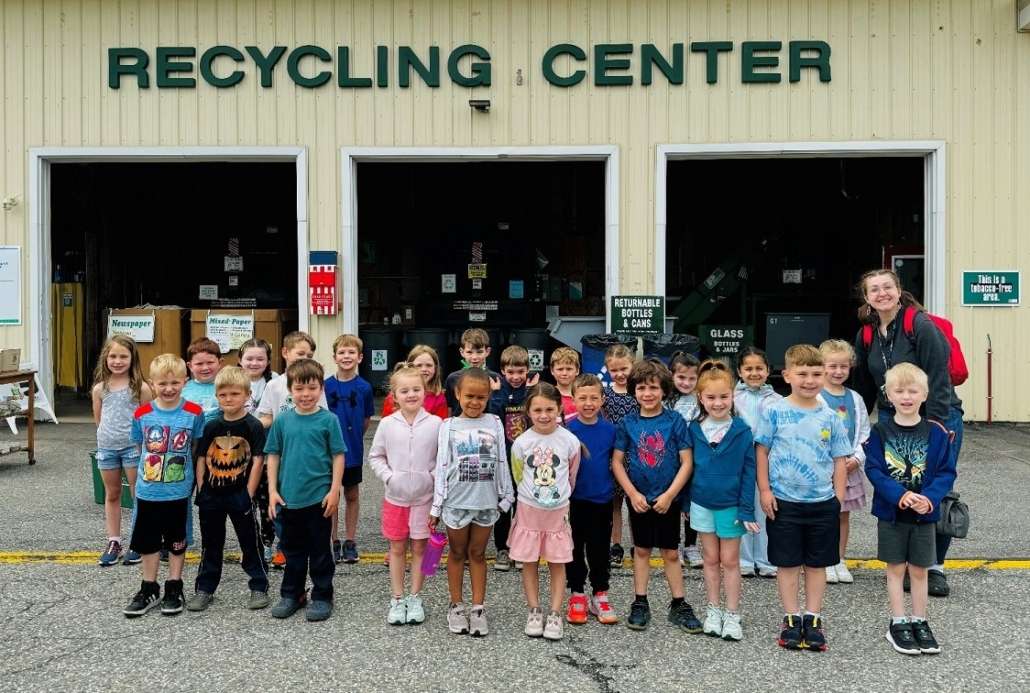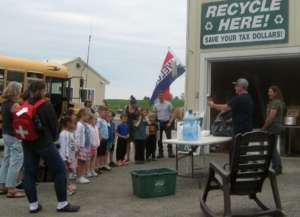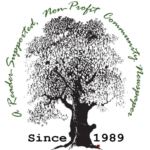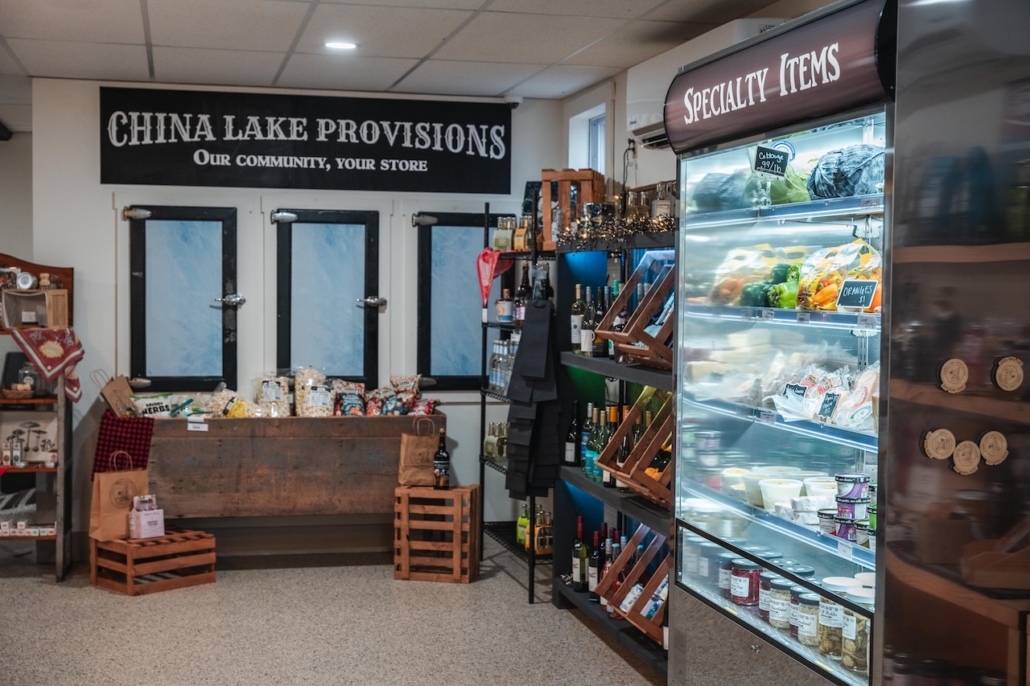Manchester kindergartners tour China’s transfer station/recycling
by Roberta Barnes
Today’s children are our future, and the future of our planet. What helps today’s children to form our future is learning through experience. To help students learn the importance of recycling Ms. Gross and Mrs. Wood, Manchester kindergarten teachers, arranged for the kindergartners to have a guided tour through the China transfer station’s recycling program.
By 9 a.m., Thursday morning, May 16, Tom, and Cheyenne, two of the staff at the China transfer station, had everything ready for the children to enjoy an interactive tour of all the areas in the transfer station.
The moment the children stepped off the school bus they were smiling and ready to see that not everything we throw away belongs in the trash can. They gathered in front of the table that Tom and Cheyenne had set up by the area of electronics ranging from laptops, televisions, monitors, and more waiting to be recycled.
The principal Abbie Hartford, Ms. Gross, Mrs. Wood, nine parent chaperones, and the bus driver joined in behind the children.
Tom placed a large garbage bag filled with different waste items on the table. He took one of the items out and held it up while asking the children if it could be recycled or not. After the children had answered, he explained a little about the recycling of that item. Taking out a different item from the bag, he again asked if it could be recycled. This continued with the children anxiously responding until the bag was totally empty.
Rather than this being a verbal test, the children’s giggles and body language said it was a fun learning experience. The children’s answers also proved that along with computers being a part of today’s daily life, so is recycling.
The next stop on the tour was outside the recycling building that has separate bins for things such as clean glass, plastic, tin and aluminum, mixed papers, cardboard, and newspaper. Here the children were introduced to a hands-on activity. Not far from where the children stood were plastic crates filled with assorted items for them to put in the correct bin. The children hurried over to crates, each picked up one item, and then carefully checked the signs on the bins before putting in the item. One little girl stopped by the two bins for glass and Tom explained to her, and another child who stopped to listen, what diverse types of glass should go in each bin.
It did not take long for the crates to be emptied so they could move on. However, before moving on to other recycling areas, several children stopped to check out the transfer station’s mascot. Oscar the Grouch sitting in a metal trash shows that while recycling is important for all of our health, it can also bring smiles.
The tour then passed by areas of clothing and a truck trailer where tires were stacked for recycling, before stopping at the composting section. There the children saw that besides the large pile of compost, there were other sections of compost. Just as some foods we eat can hurt our dogs, it is best to separate things when composting. It was explained that composting foods, wood, manure, leaves, and other things not only help improve the soil by returning nutrients and carbon to it but cut down on the amount of trash in a landfill.
By the time everyone arrived at the hopper where waste that cannot be recycled is dumped, there were only a few things left in the buckets children had been carrying. A piece of carboard and a piece of metal were not put in the hopper because they could be recycled, the bins for those had just been missed.
After all that, there were still two other recycling areas. The first is where used plastic toys in excellent condition are free to take. The second is a grassy area with signs saying “no mow”. Mixed into the grass are dandelions, which as Tom explained are an important food sources for wildlife. The bright yellow blooms are perfect for pollinators such as bees and butterflies, plus the flowers and leaves are nutritious. Rabbits, deer, groundhogs, squirrels, and others animal enjoy the nutritious tasty leaves.
Tom answered the children’s remaining questions and then pointed to the scales used to weigh trucks.
Before getting onto the bus the children happily gathered together on the transfer station’s scale. Together with all their smiles they weighed over 1,450 lbs., combined.
Responsible journalism is hard work!
It is also expensive!
If you enjoy reading The Town Line and the good news we bring you each week, would you consider a donation to help us continue the work we’re doing?
The Town Line is a 501(c)(3) nonprofit private foundation, and all donations are tax deductible under the Internal Revenue Service code.
To help, please visit our online donation page or mail a check payable to The Town Line, PO Box 89, South China, ME 04358. Your contribution is appreciated!







Leave a Reply
Want to join the discussion?Feel free to contribute!